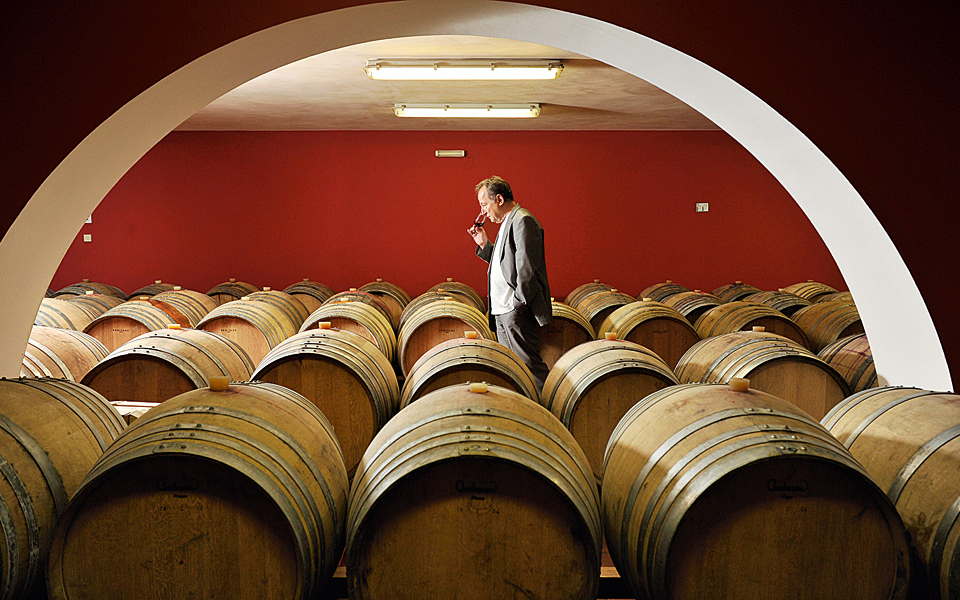Nobel Prize-winning poet Odysseas Elytis says that “a late afternoon in the Aegean contains joy and sorrow in such exact doses that in the end only the truth remains.” It is this truth that the visitor encounters in the Peloponnese, which, much like a big island, puts all of its quirks and assets on display with such clarity. Remarkable archaeological sites like Olympia, Epidaurus and Messene, amazing beaches on both the Aegean and Ionian side of the peninsula and an abundance of bounty from the land and sea come together to create an attractive wine destination.
Every region in the Peloponnese has its vineyards, from Achaia in the northwest and Argolida in the east, to Arcadia in the hinterland and Messinia in the southwest, with Nemea in Corinthia the undisputed wine-country star.
The Peloponnese is mountainous, with Taygetus standing above all other ranges at an altitude of 2,405m. As a result of its position in Greece’s south, bordered by sea on all sides and its mountainous landscape, the Peloponnese enjoys a mild Mediterranean climate on its coasts, becoming more continetal further inland. However, there is a broad range of mesoclimates and temperatures, particularly between day and night, can vary considerably in every part of the region.
“As a result of its position in Greece’s south, bordered by sea on all sides and its mountainous landscape, the Peloponnese enjoys a mild Mediterranean climate on its coasts, becoming more continental further inland.”

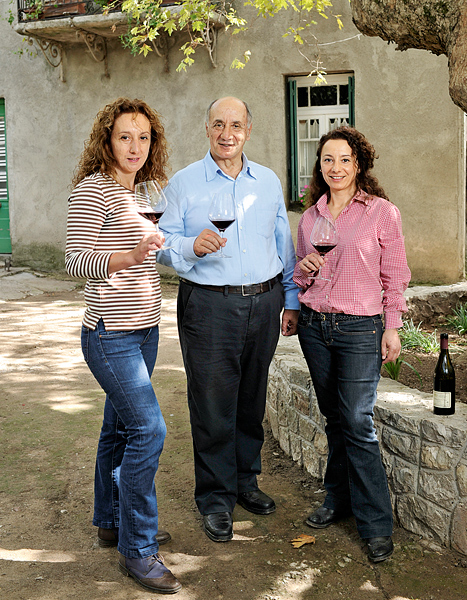
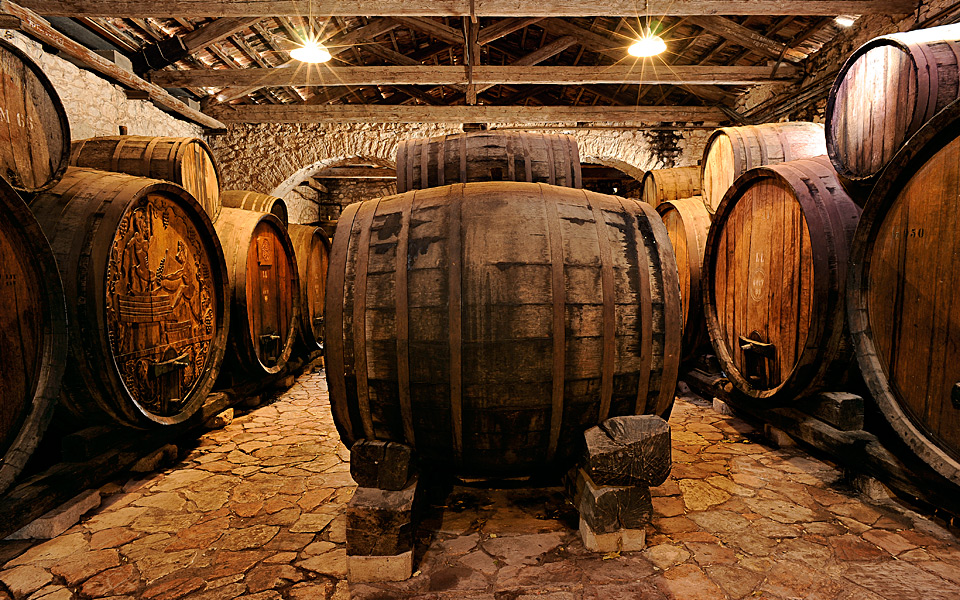
© Vaggelis Zavos
The history of vine cultivation in the Peloponnese is fascinating. It dates back to antiquity and experienced one of its finest moments in the Middle Ages, when Monemvasia put the region on the map with its trade in Malvasia (or Malmsey) wine. Its modern wine history can be traced to 1861 with the establishment of Achaia Clauss by Bavarian trailblazer Gustav Clauss. He developed the sweet Mavrodaphne (also Mavrodafni), now known around the world.
Our wine tour of the Peloponnese starts in Achaia, where there are four Protected Designation of Origin zones: one producing dry wines and three sweet wines. The PDO wines of the port city of Patras are made exclusively from Roditis, the best among them from vineyards situated at about 800m above sea level on the slopes of Mount Aigialeia, with some even at altitudes of 1,000m. It is at such lofty heights that Roditis can really unveil its virtues, revealing an intense personality with citrus aromas and mineral tones, pleasant density and a refreshing mouthfeel.
The area’s sweet wines have a well-justified reputation for their fine quality and include several expensive premium examples, though those with PDO status are Muscat Patra, Muscat Rio-Patras Muscat blanc a petit grains and, of course, Mavrodaphne of Patra.
Some Mavrodaphne of Patra wines consist of a small proportion of the lesser Black Corinthian variety, used to make the area’s famed table raisins, but those made only from Mavrodafni grapes display much more complexity and character. The most common production method is similar to that for Port, where neutral grape spirit is added during fermentation and the wine then matured in large oak barrels. Some of the most fascinating wines from this line are those aged for years, even decades, in the cellars of Achaia Clauss.
“The history of vine cultivation in the Peloponnese is fascinating. It dates back to antiquity and experienced one of its finest moments in the Middle Ages.”
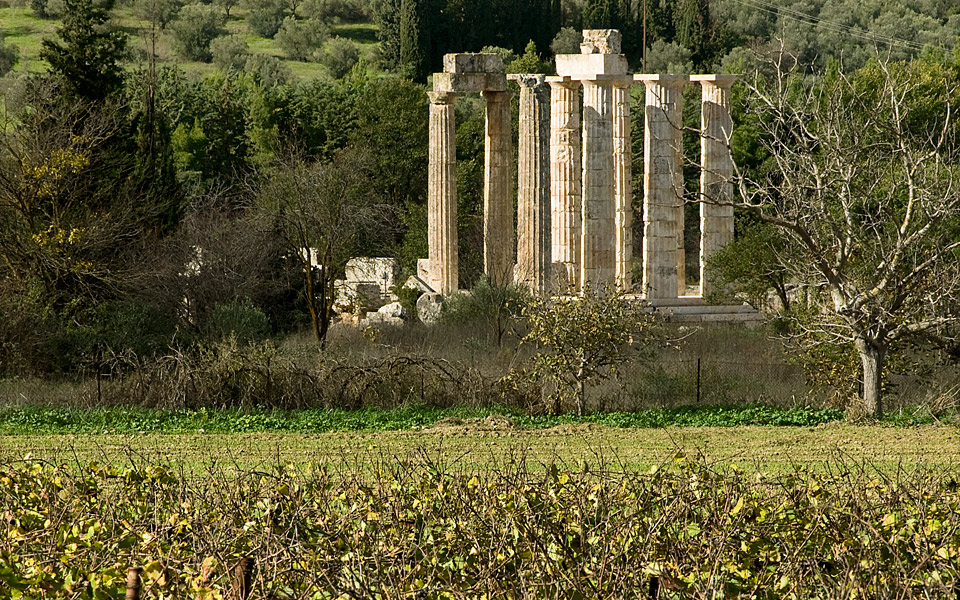
© Julia Klimi
Moving clockwise to the prefectures of Corinthia and Argolida, we reach Nemea, one of Greece’s two most important PDO zones, together with Naoussa in northern Greece. At least three of its subzones, classified by their altitude, are largely given over to Agiorgitiko, which yields hedonistic wines, distinguished by their fruity aromas and signature velvety textures, making them particularly attractive to consumers. The finest examples, which are also age-worthy, grow in the poor calcareous soil of the village of Koutsi, at an altitude of between 400 to 600m, while the best vintages are those where the Agiorgitiko has a chance to ripen before the autumn rains.
The tablelands of Mantineia in Arcadia, with an average altitude of 650m, and Monemvasia-Malvasia in Laconia are also PDO classified. The former, mentioned by Homer, produces dry PDO whites and elegant sparkling wines from Moschofilero, which stands out for its exotic aromas and high acidity. These are light, elegant wines that are perfect as an aperitif or served with a range of summer dishes.
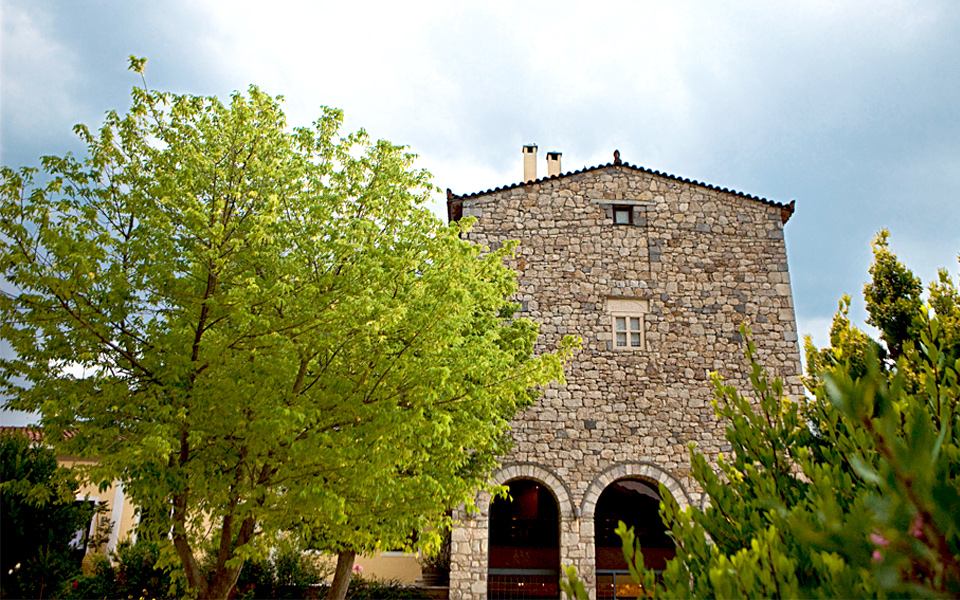
In Monemvasia, meanwhile, the Tsibidis family has put 20 years of hard work into the revival of the historic Malvasia, bringing it back from the Middle Ages into modern times. The wine is produced from sun-dried grapes, mainly native varieties like Monemvasia and Kydonitsa, and aged in oak barrels to bring forth exciting wines, full of the rich aroma of apricot marmalade, caramel and roasted nuts.
Last but not least, both Messinia and Ilia are looking at a bright future. In Korakochori in the latter, in particular, the Mercouri Estate has paved the way for the successful marriage of native Greek varieties like Mavrodafni with foreign ones such as Refosco from neighboring Italy. It is also one of the most beautiful estates in Greece that is open to the public.
The Peloponnese is building distinct signature brands and raising the quality bar as part of a broader effort to promote not just its culture and history, but also its vineyards, a beautiful canvas composed of dozens of promising producers.
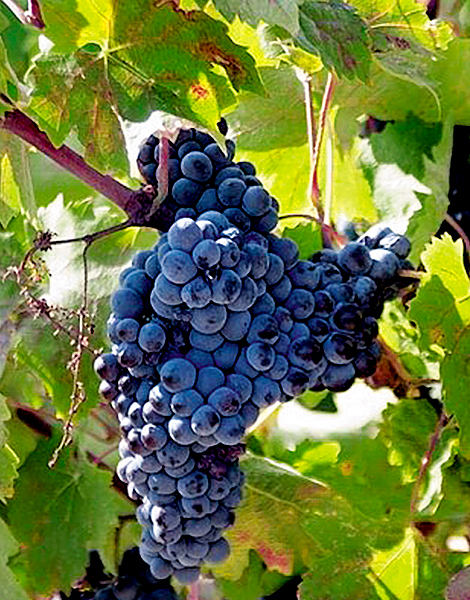
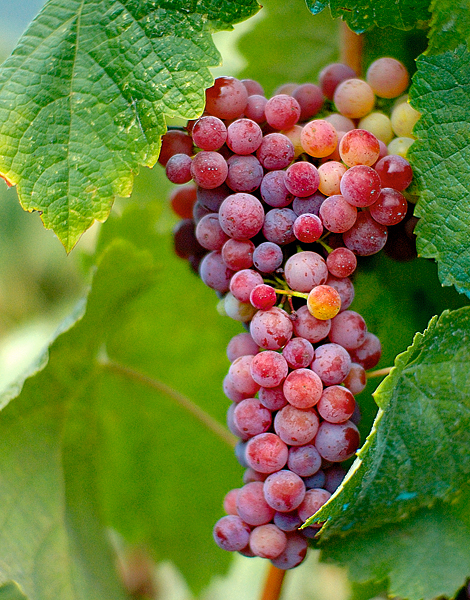
THE GREAT GRAPES | Moschofilero & Agiorgitiko
Two grapes represent the Peloponnese more than any other: the rose-colored Moschofilero (Mos ko fee’ le ro) and the red Agiorgitiko (Ah yor yee’ ti ko). The former shows us its classic colors on the mountains of Mantineia, where a PDO of the same name is grown at an altitude of 650m. The quiet and sparkling Moschofilero whites are distinguished by rose and citrus aromas as well as a crispy acidity that gives them additional freshness. As a variety, this is one of the very late ripeners so the harvest tends to take place in late October. As it is not a white variety, it often produces white wines that are slightly rosé in color.
Agiorgitiko, meanwhile, is the most-cultivated red variety in Greece, accounting for approximately 3,000 hectares. It ripens in late September, yielding delightful and sensuous wines of different styles. In the broader Nemea area, styles extend from soft rosés, with discreet red fruits, cherry and cinnamon tones, to more complex, fuller wines with a density of structure that can age up to ten years. The several available examples of sparkling and sweet wines are testament to this grape’s versatility.
The villages of Koutsi and Asprokambos in Nemea are deemed to produce some of the finest Agiorgitiko wines in the region, though interesting work is being done in other areas of the locality like Ancient Nemea, Petri and Gymno, among others.
PAIRINGS
Fresh Nemea | Cold cuts, rustic sausages, pasta with tomato sauce
Aged Nemea | Wild boar with plums, coq au vin, mature yellow cheeses
Roditis, Robola | Small fried fish, mild cheeses
Mantineia | Goat’s cheeses, green salads, red mullet
Monemvasia, Malvasia |Creamy cakes, salty cheeses
Mavrodaphne of Patra | Blue, San Michali and Parmesan cheeses, brownies with pecans

